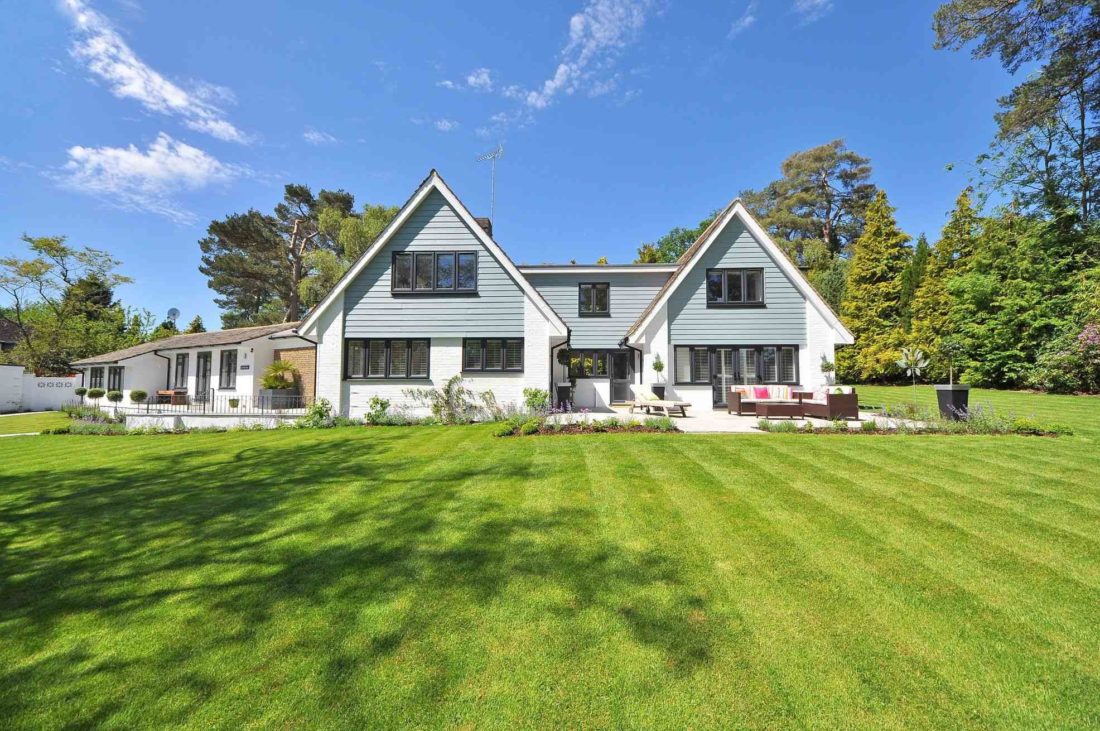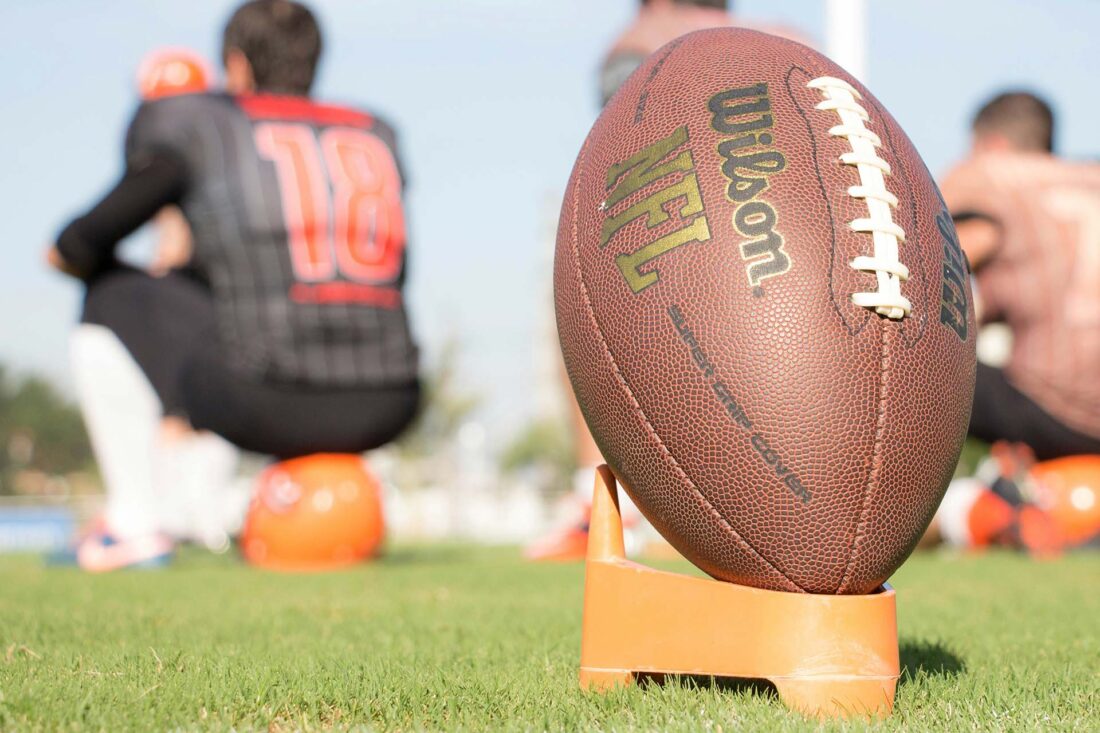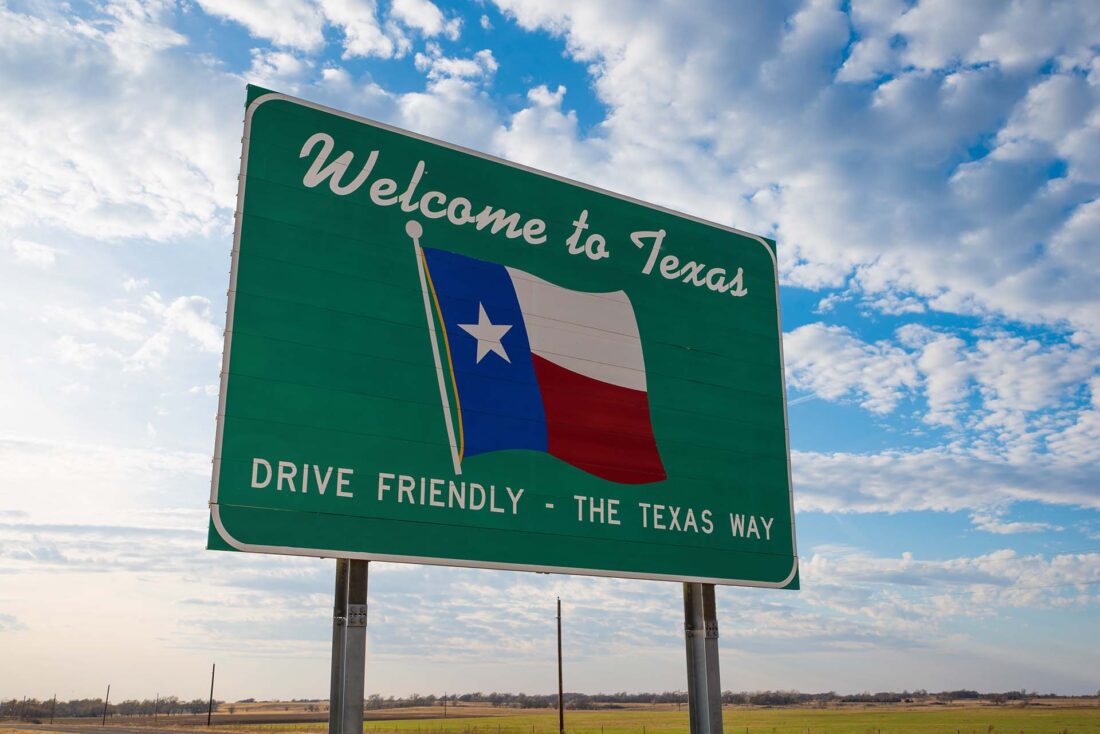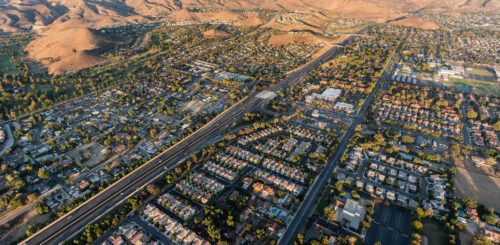The saying goes – everything is bigger in Texas, but is that really true when it comes to your everyday expenses in its most prominent cities? Speaking of the cost of living in Dallas, you will see that some things are definitely not as big as in the rest of the state.


Housing, utility bills, healthcare, and education are the main items you will have to think about, no matter where you live. To prevent spending way too much money, go over the cost of living index before moving to Dallas, and see which expenses you can lower, and which ones can be avoided altogether. After you do your homework, you will know just how much money you need to live comfortably in Dallas, or the Big D, as the residents like to call it.
Housing Is the Largest Contributor to the Cost of Living in Dallas, TX
Buying a home seems like a permanent solution to your accommodation problems, and 40% of residents of Big D will agree with you. Based on data from the National Association of Realtors, the median price of a single-family home is around $250,000, while the monthly mortgage payment is about $1,500. It’s important to note that housing prices in Dallas are more affordable than those in other big US cities such as New York, Austin, LA, or San Francisco.
Almost 60% of Dallasites rent their places. As a result of staggering job growth and a booming economy, more and more people are coming to the city, which on the other hand, led to a 16% increase in rental prices, which are nevertheless still rather close to the national levels. If you opt for that option, you should know that prices vary depending on the location, but also the number of bedrooms:
- Studio flat: in the city, it is $750, while in the rest of the state, it is $731
- One bedroom: in the city, it is $896, while in the rest of TX, it is $844
- Two-bedroom: in the city, it is $1,113, while in the state, it is $1,050.
Prices in the metropolis are higher than Texas average, but with higher paychecks, it all balances out. If you want to find something more within your price range, do your research and find the most affordable Dallas neighborhoods.
Choose the Right Neighborhood and Avoid High Rent Costs
Did you know that the city has 34 neighborhoods? Picking the right one to call home shouldn’t be too tricky, but you still have to give it some forethought. If affordability is an essential condition that the area has to meet, you should check out these Dallas neighborhoods:
- Bishop Arts District is the best spot for all young professionals, singles, and people looking for a place with colorful streets and diverse but affordable housing. The area has a mix of apartments, condos, single-family homes, and bungalows.
- Deep Ellum is safer than 78% of other TX areas, making it highly suitable for singles, families, and young professionals. The area is close to Main Street and Medical Center.
- Lake Highlands has biking, running, and walking trails, and it is the best spot for all outdoor enthusiasts. If you are relocating with your pet, this can be an excellent place to settle down.
- Oak Lawn features duplexes, apartments, townhouses, and condos to offer to its residents. It is also very walkable and bikeable, so you should pack and bring your bike with you.
- Preston Hollow is a cozy community that has affordable and diverse housing that attracts families, professionals, and retirees.


Public Transportation Prices and How They Compare to Other Texas Cities
Using public transportation is an everyday occurrence for many people, especially those staying in big cities. The statistics show that on a weekday, people board public transportation 34 million times and that ridership has increased by 21% since 1997.
Dallas has a well-developed network of public transportation services that includes rapid transit DART or area rapid transit, buses, trollies, and airport-specific shuttles. As a permanent resident of the city, it’d be smart to get a monthly pass. Depending on its coverage, you can pay $96 for local, $192 for regional, and $48 for the reduced pass. If you are not using public transport every day, you can get day passes that go from $3 to $12, depending on the area they cover.
When compared to other Texas cities such as Austin, Houston, and San Antonio, you’ll notice that the transportation prices in the Big D are significantly higher, as much as 100%. On the other hand, Dallas has lower gasoline prices than its main counterparts in the Lone Star State.
Big D is a walkable place, but if you don’t feel like strolling through the streets, you can easily drive around and take advantage of well-connected highways and roads.
How Does Driving Affect the Cost of Living in Dallas
Did you know that around 391 million gallons of finished motor gasoline are consumed daily in the US? That is something to think about if you are planning on shipping your car to the Big D, which is a leading center of the oil and gas industry in the country. According to information from the online database Numbeo, a gallon of gas costs around $2.40, and when you compare it with LA and San Francisco, you will see that it is almost 40% cheaper.
When your car tank is full, you have to find a garage or a parking spot for your favorite four-wheeler. Data from Parkopedia shows that a parking hour is around $4, while the average monthly rates range between $70 and $80, depending on the location.


Money Needed for Monthly Utilities
When moving to a new city, you will have to think not only about exciting and fun things that the new adventure brings but also about paying utilities and staying within the budget. Things like electricity, water, and heating don’t come for free. If you want to save up, make sure that your home is energy efficient and that you use all of your resources the right way. Insulation and quality windows make a big difference at the end of the month when the bill arrives.
Data from Numbeo shows that basic utilities for a 915-square-foot apartment are around $154 a month. The Internet with unlimited data will require an additional $67, give or take.


The Cost of Healthcare and Education
You never know when you will actually need to go to the doctor. That’s why it is better to be safe than sorry. The average cost of healthcare in the US is $510 a month, while healthcare expenses in Texas amount to $508. If you relocate to the Big D as a single full-time working adult, you will have to pay $2,370 a year for healthcare, while a family of three can expect to pay $6,600.
Are you looking for the right school for your kids, or are you pursuing knowledge on your own? Dallas has 450 schools, 367 public, and 84 private ones. No matter which school you choose for your kids or yourself, tuitions can put a dent into your savings account. Nevertheless, can you actually put a price on a high-quality education?
How High Are Tuition Fees for a Good School in TX?
According to data from the website Private School Review, the average private elementary school tuition is around $8,000 a year, while the high school average is $11,000.
College tuition will also depend on the educational institution you choose. Southern Methodist University has the highest tuition and fees that are around $56,600, while the most affordable is El Centro College, with tuition fees of $3,330.


Costs of Entertainment
When you figured out how to move, what to pack, and what to leave in a storage unit, it is time to embrace the new location and all it has to give. Yes, a relocation takes a lot out of your budget, but with careful calculations, you will know exactly how much money you can spend on entertainment.
Are you feeling artsy? Big D has plenty to offer to all art lovers, from the Museum of Arts, that is always free, to Nasher Sculpture Center, where the tickets are $10. Arboretum tickets are between $10 and $15, and the Perot Museum of Nature and Science is between $20 and $30.
If you are relocating with your kids, take them to Fort Worth Zoo, where you can see many birds, mammals, fish, and amphibians. Tickets here will cost you between $12 and $16. Catch a play or an art performance at AT&T Performing Arts Center, where tickets vary depending on what you choose to see.
Prices of Dining Out
Are you moving from a small town to a big city? Or are you moving to another state? No matter what the case is, when you are finally done with the relocation process, it is time to treat yourself to a relaxing evening in the new area.
There is no better way to overcome the fear of moving than by getting to know the place you now call home. Put on some fancy clothes and check out some of the best restaurants in Dallas.
The data from Numbeo shows that a meal for two people in a mid-range restaurant, with three courses, is around $50. If you are moving in with your girlfriend, taking her out on a date will be way more affordable in Big D than in LA or San Francisco, since dining out prices are almost 30% more expensive in these California cities.
If you feel like putting on an apron and making food on your own, you will be surprised by the affordability of groceries. The minimum amount of money spent on food is around $290 for one person. Buying a gallon of milk will cost you approximately $2.70, almost 30% less than Newyorkers have to pay, and the same goes for bread and beef.
Sports and Gym Fees
Sports fans will enjoy staying in Big D since few cities across the country have as many sports fans as Dallas. Those who want to catch a Cowboys game will have to set aside around $115 for tickets, according to the business platform Statista. If the NFL is not your thing, but basketball is, you can cheer for the Mavericks and get tickets for $50.
All of those who like to play sports as much as they like to watch them should know that renting a tennis court for an hour is around $3, while a fitness club monthly membership is about $40. To play sports, you will have to have the appropriate equipment and shoes. Getting running sneakers can cost you between $50 and $105, depending on the size and the brand.


How Much Money Do You Need to Live Comfortably in Dallas and What Is the Average Income?
Moving for a job is one of the main reasons people relocate, but what kind of salary should you have to live comfortably in a Texas metropolis? Of course, the very definition of comfortable living depends on decisions such as renting or buying a place, location, utility bills, and lifestyle.
Comfortably renting a one-bedroom flat will be possible if you earn $17 an hour, or around $35,800 a year. ApartmentList recommends that the household income for a two-bedroom place should be $44,500, or $21 an hour. Based on data from the Census Bureau, the median annual household income is $50,100, showing that people living in Big D can live more than comfortably on their paychecks.
Salary in Other Cities in Texas
If you are wondering how to get a job in a new city, know that the hard part is done. You picked a great location to settle down in, and according to ZipRecruiter, the employment marketplace, Big D has the highest hourly salary amongst cities in Texas, followed by Bellville and Brownsville.
Just so you get the real image – the hourly wage in Dallas is around $13, in Bellville $11.50, and in Brownsville $10.50. As for annual salaries, you can expect to earn approximately $26,500 in Big D, while Bellville annual paychecks are $24,000, and residents of Brownsville earn $22,000 yearly.


Living the Best Life in Big D
When you are in the process of moving and searching for reliable Dallas movers, the everyday expenses in the new environment might seem too much for your budget to handle. Nevertheless, when you settle down, you will be able to appreciate all the benefits of life in Big D. From the lower-than-average overall living index to great job opportunities and diverse housing options, this is the city that offers the best opportunities to its residents, making it a great place to put down some roots.







